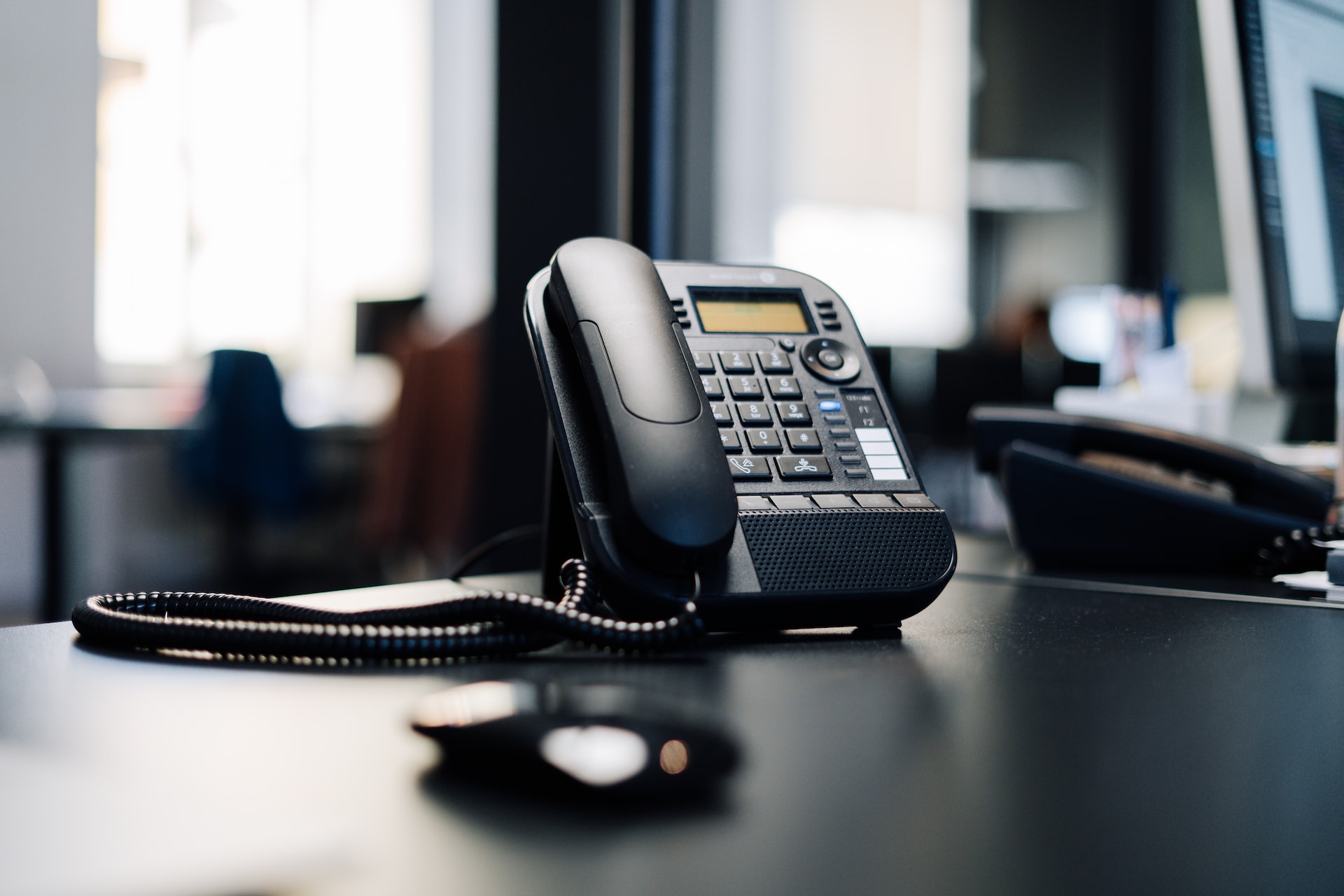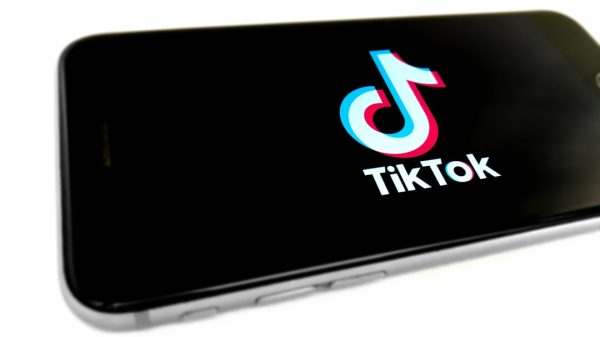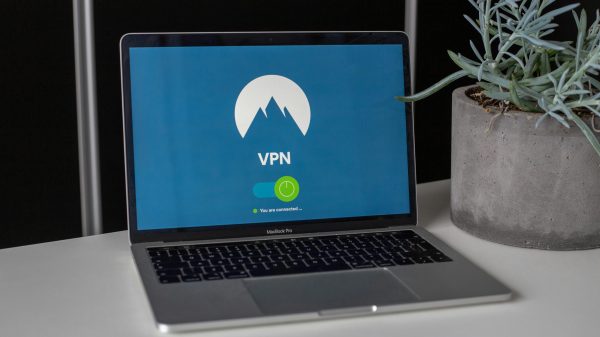Today’s business environment involves numerous strategies to reach and convert potential clients. Cold calling and sales emails are two of the oldest and most established customer outreach methods. However, can both be used to your advantage, and if so, how? This article will explore how to best use cold calling and sales emails to convert buyers and drive more sales.
Definition of cold call and sales email

A cold call (CC) is an unsolicited phone call from a sales representative to a potential customer. In turn, sales emails (SE) are personalized electronic letters sent from a sales representative to a person, often in response to an inquiry or just following up on a contact attempt or meeting.
Impact of both on customer relations
CCs can be a great way to build immediate and close customer relationships and establish early contact. However, they may be too invasive and cause people to be annoyed or lose trust because they weren’t expecting the call. On the other hand, SEs can be less intrusive and work better to create personal connections if done right, but without the right approach, people may not notice them and receive them as spam.
Advantages of sales emails

- Personalized messages. The ability to tailor messages based on customer needs lets representatives create more meaningful relationships with collocutors. Personalized emails can more effectively engage customers and build a more personal connection than CCs.
- Easy tracking of customer engagement. Tracking client activity can help agents better understand customer needs and how their solutions can meet them. Through email metrics such as open rates and click-throughs, sales reps can quickly deliver high-quality fixes and generate a faster response from clients than CC. It can benefit sales agents by enabling them to quickly assess and tailor to an individual’s needs.
- Abundance and reliability of the information. A SE allows you to be more descriptive while providing clients with enough time to get familiar with the content. Being a certified representative tips the scales in favor of making a purchase on-site. By mentioning that you’re a qualified assistant with a certificate, you increase the chances of people trusting you and switching to your brand. Use labels by VistaCreate, and don’t hesitate to attach them to the e-letter if the client asks you to do so.
Disadvantages of sales emails
- Difficulty getting customer attention quickly. Despite the ability to personalize emails, it can still be challenging to capture customer attention quickly. Clients may receive too many e-letters daily and may not open them in time.
- Possible difficulty in establishing customer relationships. Without the ability to interact directly with customers, sales assistants may find it tricky to build meaningful relationships with potential customers through emotionless email alone.
Advantages of cold calling

- Opportunity to determine customer needs. CC allows representatives to ask questions and listen closely to the customer’s needs to provide tailored solutions. With the ability to interact directly with the client, assistants can quickly identify gaps in their solutions and take action accordingly.
- Ability to build relationships with customers. CC is an excellent way for agents to build a worthwhile rapport with customers over an extended period. Since clients are used to receiving calls from sales reps, they may be more likely to answer questions or talk in greater detail over time leading to a better understanding of their needs.
- Immediate impact on customer relations. CC enables sales representatives to reach out directly to potential clients and make an instant impression. The nature of the phone call can lead to better conversations and more meaningful customer interactions than other forms of communication.
Disadvantages of cold calling
- Lack of customer knowledge. Without adequate research before the call, assistants may find themselves in difficult situations, such as not knowing what their interlocutor needs or not having the right solutions. It can lead to poorly executed CCs that fail to generate leads and may even damage customer relations.
- Excessive customer contact. Poorly executed or overly frequent CCs can also result in clients becoming excessively familiar with sales agents, leading to a loss of trust and sales opportunities.
Recommendations
Utilization of both tactics to maximize customer impact
Despite the pros and cons of CC and SEs, it is important to utilize both tactics to maximize impact. Depending on the context, sales reps may find that one approach is more beneficial than the other but should use both when appropriate.
Development of individualized strategies for successful sales
To maximize the efforts, agents should develop individualized plans for calls and emails. It includes appropriately researching clients before making calls and crafting personalized messages linked to customer needs when sending e-letters. Doing so will enable people to increase their chances of converting leads into customers.
Final Thoughts
The choice of which approach to use for sales and marketing campaigns depends on the particular needs of your business. Cold calling and emailing can be successful methods for delivering sales messages, depending on your audience and how well you craft your message. By taking the time to understand the best way to reach out to prospects, you can maximize the efficiency and success of your efforts.
CC and SEs have their benefits and drawbacks. Strategically utilizing both can be especially advantageous. With so many options available, determining the most suitable method requires research, creativity, and commitment to getting the best results.


































